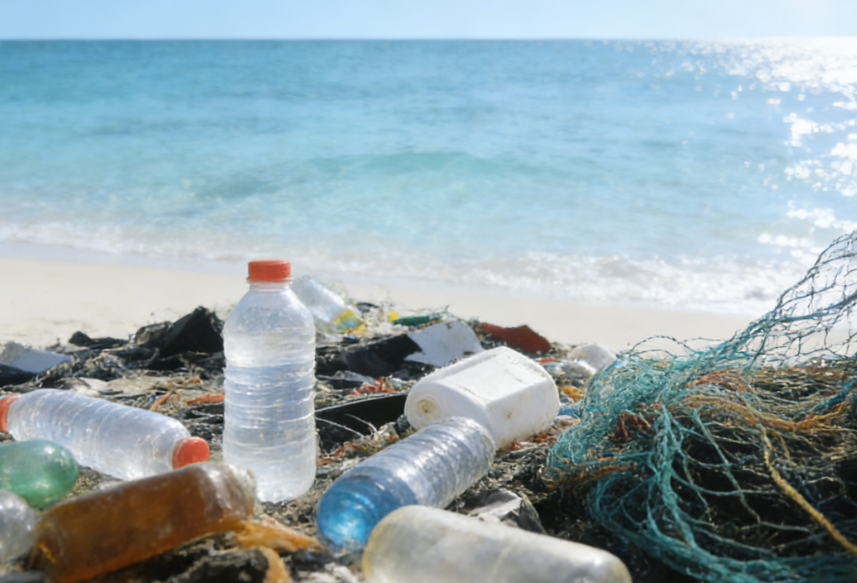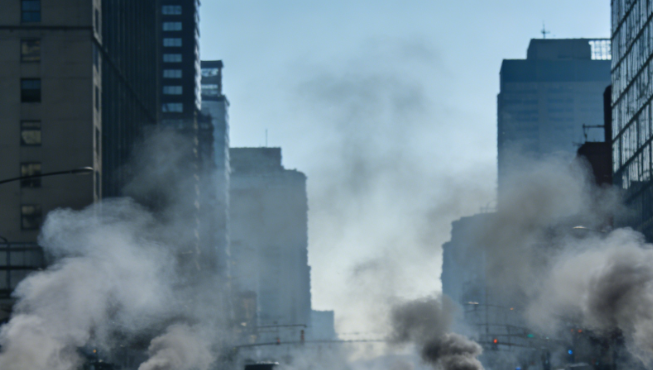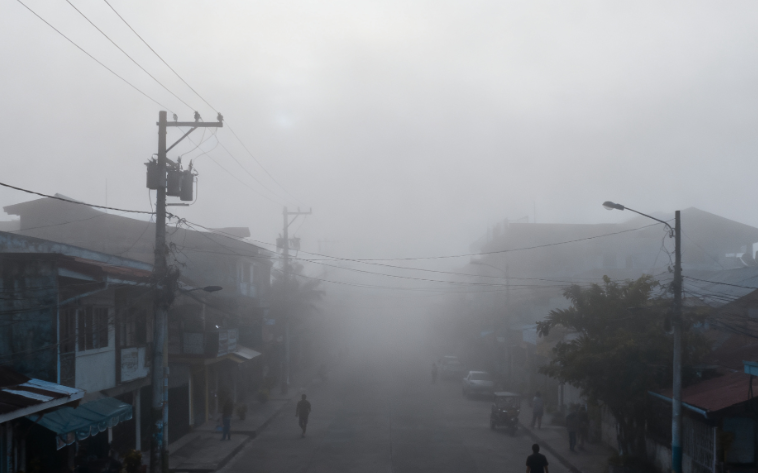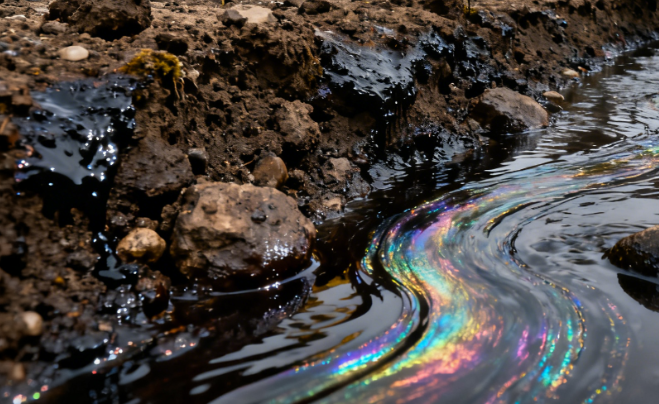-

Wildfires Rage Across Australia’s New South Wales
—
Starting December 6, 2025, extreme heat triggered multiple wildfires across New South Wales, Australia. As of the 8th, nearly 60 active fire sites persisted, resulting in the death of one firefighter and the destruction of at least 20 homes. Six regions declared natural disaster status as rescue and recovery efforts continue. The wildfires have consumed…
-

China and France Issue Joint Statement to Deepen Environmental Cooperation Across Multiple Sectors
—
On December 5, China and France released a joint statement on cooperating to address global climate and environmental challenges. The statement noted that both countries support tripling global nuclear power capacity by 2050 to advance energy transition; commit to strengthening global ocean governance and implementing the Agreement on the Conservation of Marine Biodiversity; and support…
-

Relaxing New Vehicle Fuel Efficiency Standards Sparks Environmental Controversy
—
On December 3 local time, U.S. President Donald Trump announced the termination of stringent fuel economy standards established during the Biden administration. The new vehicle fuel efficiency requirement for 2031 will be relaxed from 4.7 liters per 100 kilometers to 6.9 liters per 100 kilometers. This move has drawn strong opposition from environmental organizations. Transportation…
-

Air Quality in Multiple Philippine Cities Shows Moderate Pollution Levels
—
Monitoring data from December 2 indicates that air quality in several Philippine cities has reached moderate pollution levels. Among them, Mariveles City recorded an Air Quality Index (AQI) of 97, while cities including Limei and Manila registered AQIs between 90 and 96. Pollution levels in these cities are approximately six times higher than local standards.…
-

Explosion Sparks Fire at Nippon Steel Plant in Hokkaido, Japan
—
In the early hours of December 1, an explosion occurred at a steel plant operated by Nippon Steel Corporation in Muroran City, Hokkaido, Japan, igniting a major fire. As of the time of this report, the blaze remained uncontrolled. Located in an industrial zone, the incident not only halted production but also raised concerns among…
-

Green “Ban” Takes Effect
—
China’s Ministry of Ecology and Environment has implemented two green environmental bans focused on ozone layer protection and greenhouse gas reduction:- Production of refrigerators and freezers containing HFC refrigerants will be banned starting January 1, 2026, with isobutane substitution exceeding 90% penetration rate; Effective July 1, 2026, HCFC-141b (an ozone-depleting substance) will be banned in…
-

Thailand’s “Flood of the Century”
—
The city of Hat Yai in Thailand’s southern province of Songkhla was hit by a once-in-300-years downpour, with daily rainfall reaching 335 millimeters. The entire city was submerged under 4 meters of floodwaters. The floodwaters surged into the Gulf of Thailand, causing salinity levels in the 5-kilometer coastal zone to plummet from the normal 32‰…
-

Global Environmental Stress Alert
—
The Earth Health Check released by the Potsdam Institute for Climate Impact Research in November warns that seven of the nine “planetary boundaries” have been breached, signaling critical warning signs for Earth’s vital functions. Key data reveals that global forests are disappearing at a rate of 22 standard soccer fields per minute; the phase-out of…
-

Iran’s Nationwide Air Quality Crisis
—
Six major Iranian cities including Tehran and Isfahan have activated orange air pollution alerts. Tehran’s Air Quality Index (AQI) remains persistently at “unhealthy” levels, with pollutant concentrations in some areas exceeding standards by up to eight times. This has forced school closures and government office shutdowns, escalating into a nationwide environmental emergency.
-

BP Olympic Pipeline Spill Incident
—
The BP Olympic Pipeline spill released approximately 25,600 gallons (9,710 kiloliters) of gasoline, contaminating soil and streams near Conway, Washington (Hill Ditch, Bourson Creek). The incident resulted in the deaths of a small number of wildlife, including beavers and birds.